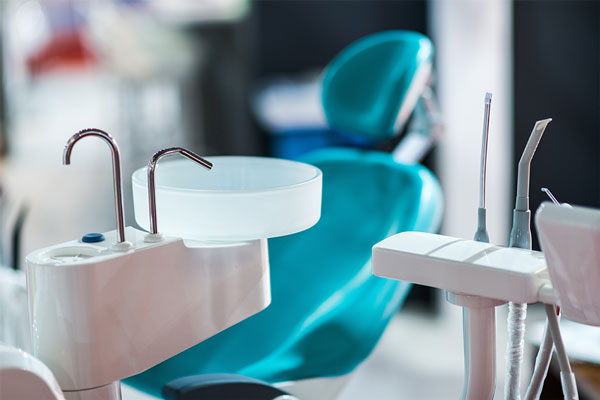At-risk populations often face multiple challenges that impact their ability to access care even when that care is provided on a sliding-fee scale or at no charge at all; lack of reliable transportation, risking job loss from taking time off, income loss needed to pay rent, lack of child care, and the list goes on.
As technology has rapidly advanced over the last several years, the ability to bring cost-effective quality oral health care to special-needs populations rather than the reverse is now truly feasible. Some barriers remain, such a the limitations of some states' practice acts and insurances that will only pay for care in traditional settings, but as communities and leaders work together, those will improve
In fact, as we look at the triple aim of health care - treatment that is effective in making populations healthier, enhanced patient experience, and cost-effectiveness of delivery - Teledentistry is certainly one system that addresses all three criteria well.
Whether the solution is structured with portable equipment or a mobile van, there are many advantages to the well-planned outreach program.
Advantages of an outreach program include:

- Reach patients that would otherwise not receive care; such as Title 1 schools, rural communities, nursing homes, and the homeless population.
- Bring care to the patients rather than patients to the care.
- Help parents and families with limited resources and health benefits.
- Provide care in a friendly, familiar, less stressful environment.
- Effective use of advanced hygiene skills.
- Well-organized and very cost-effective.
Key Approaches
For purposes of aiding your program and determining what key approaches work best for you, we have categorized delivery models into the following three treatment package categories:
Treatment Program 1
Truly Portable and Temporary Outreach (Diagnostic)
This approach is usually best for preventive interventions with education.
- A hygienist spends only a few days in a given locale to provide cleanings, fluoride varnish and/or SDF applications, and sealants, and then moves to the next location.
- The hygienist is connected to a supervising dentist through video conferencing and phone.
- A schedule to have the hygienist return regularly is key to improving outcomes.
- Provide a referral structure for patients needing additional treatment services.
Treatment Program 2
Portable Equipment in a Semi-Permanent Location (Hygiene)
This approach is very effective for assuring long-term continuity of care and disease management.
- Where practice acts allow, the hygienist can have a permanent location in a school or other facility where not only preventive services are provided but ITRs as well.
- Programs that adopt this model greatly reduce the number of children requiring referral for care, and treatment acceptance and patient engagement are often very effective.
- The hygienist and assistant become part of the school or facility community.
- The hygienist connects through video conferencing with a supervising dentist and utilizes digital radiography and intraoral camera imaging to convey the oral condition to the dentist.
Treatment Program 3
Portable Outreach Providing Comprehensive Care (Restorative)
This approach is effective for reaching small communities that lack dentist providers as well as nursing homes.
- Establish a schedule of locations that will be visited at least twice a year to assure continuity of care.
- Provide a referral system for dental problems that may occur during the "in between" times.
- Provide an appropriate scope of treatment services that is manageable in the environment.
- Use a physical site that permits multiple chairs.
- Ensure a full dental staff.
*Note: Any one of these approaches can also be undertaken using an appropriately equipped mobile van.